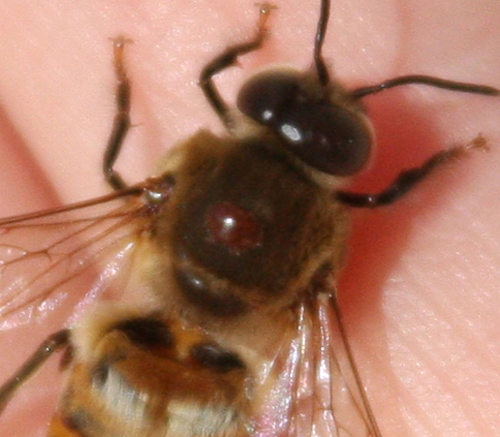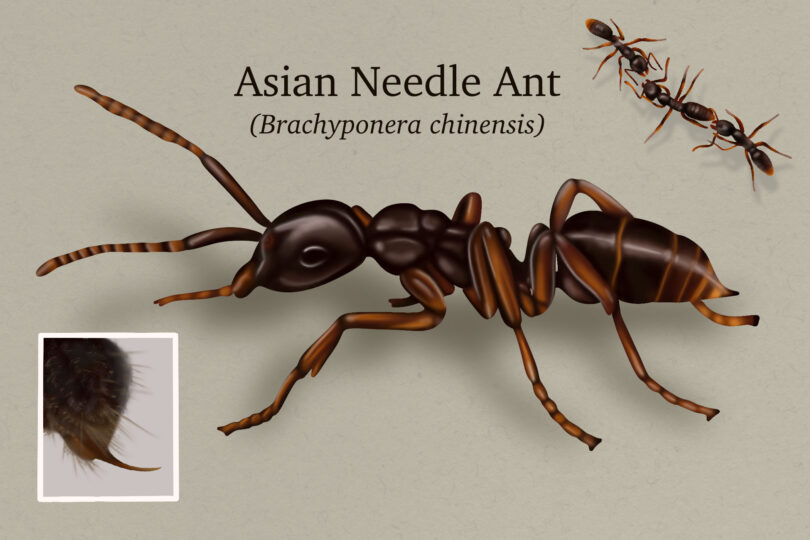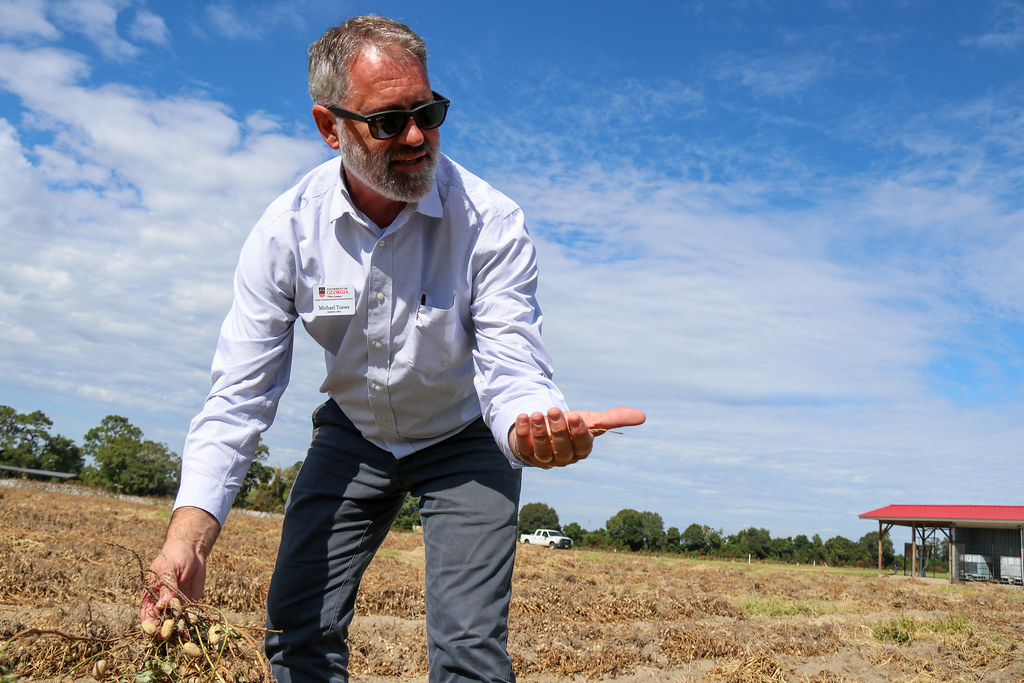Nearly 30 percent of all honeybees literally disappeared last winter, fleeing their hives never to return. Researchers have studied colony collapse disorder since it was identified in 2006. They are now uncovering answers to this problem.
A combination of factors contribute to colony collapse disorder, or CCD, including pesticide exposure, environmental and nutritional stresses, new or reemerging pathogens and a virus that targets the bees' immune systems, said Keith Delaplane, an entomologist with the University of Georgia College of Agricultural and Environmental Sciences.
Delaplane is the national director of the $4.1 million Managed Pollinator Coordinated Agriculture Project. Funded by the U.S. Department of Agriculture, the consortium of U.S. honeybee scientists and educators is working to reverse honeybee decline.
And the varroa mite, an old bee enemy, is emerging as a key to the problem, Delaplane said.
Varroa mites
Honeybees get the parasitic, blood-feeding varroa mite when they co-mingle with other colonies. Once the colony is sick, the brood gets sick. Adults don’t live as long, and the population doesn’t replace itself. The mites spread viruses and activate those already in the bees.
“There seems to be a trigger that when they stress the bees, the viruses the bee has been carrying are suddenly awakened,” Delaplane said. “The mites are both a vector and an activator.”
Pesticides are available to treat bee colonies for the parasites, but recent research has shown these pesticides in conjunction with other chemicals are harmful.
“One of the most important discoveries by our CAP team has involved toxicology,” he said. “Beekeepers are treating chemically for varroa mites, but when bees leave the hive and encounter agricultural insecticides, we see lethal synergies between the bee hive chemicals and the agricultural chemicals.”
Finding this connection was by chance.
“We just happened to pick this to test; the potential is there for infinite insidious combinations,” he said. “This evidence is a big motivator to try to get synthetic chemicals out of the beehive through integrated pest management or new remedial technologies such as RNA interference.”
Colleagues at Purdue University are working to identify genes that regulate hygienic behaviors in bees, one of the most important bee behaviors for varroa mite resistance. Genetic research could lead to better breeding programs, simplifying the laborious and time-consuming methods currently used.
RNA silencing
RNA-silencing technologies could be used to inactivate bee viruses, he said. A virus needs necessary proteins from a host. If the viral genes coding for those proteins can be shut off, a highly effective tool against CCD could be developed. CAP scientists are working with an Israeli biotechnology firm to develop a RNAi product targeting honeybee viruses.
“What interests me about this technology,” he said, “is the potential for high target specificity combined with environmental safety. You’ve got the genetic code for the target, so the risk of collateral damage is minimized.”
Nosema moves down the list
Nosema spores were once believed to be a major contributor of CCD. New lab results suggest they aren’t.
“When it comes to nosema disease, our experience is much less severe than what they’ve seen in Europe. This helps us prioritize,” Delaplane said. “We are focusing more on varroa mites and viruses and less on nosema.”
Nosema is easily treated by protein supplements or healthy amounts of pollen, which neutralize its effects.
“One of our biggest frustrations has been defusing the expectation for ‘a cure’ for CCD. The answer, when it comes, will be a knowledge-based enterprise, not a product-based enterprise. The answer will be messy,” Delaplane said.
The answer will included management decisions like lower-density apiaries, integrated pest management adoption, selective breeding programs, as well as new technologies like RNAi and marker-assisted breeding, he said.
“Nothing about this is easy,” he said. “Bee decline is a systemic problem on a continental scale. But you know what, we’ve shortened the list, made important discoveries in toxicology and disease and are coming up with practical answers in disease remediation and genetic resistance. Not bad for two years work.”
Honeybees pollinate about a third of the nation’s food supply and add $15 billion annually to U.S. crops. They pollinate 130 different fruits, vegetables and nuts. While there are other bee pollinators, honeybees are the most prolific and easiest to manage for agricultural pollination. In California, the almond crop alone needs 1.3 million bee colonies, about half of all honeybees in the country.
To find out more about CCD and what Delaplane and his team are doing about it, visit www.extension.org/pages/Bee_Health_Community_Page.










